Troia Peninsula: sand, sea and sardines in Portugal
A long spit of sand on the western edge of Europe has history galore - and a winning way with seafood
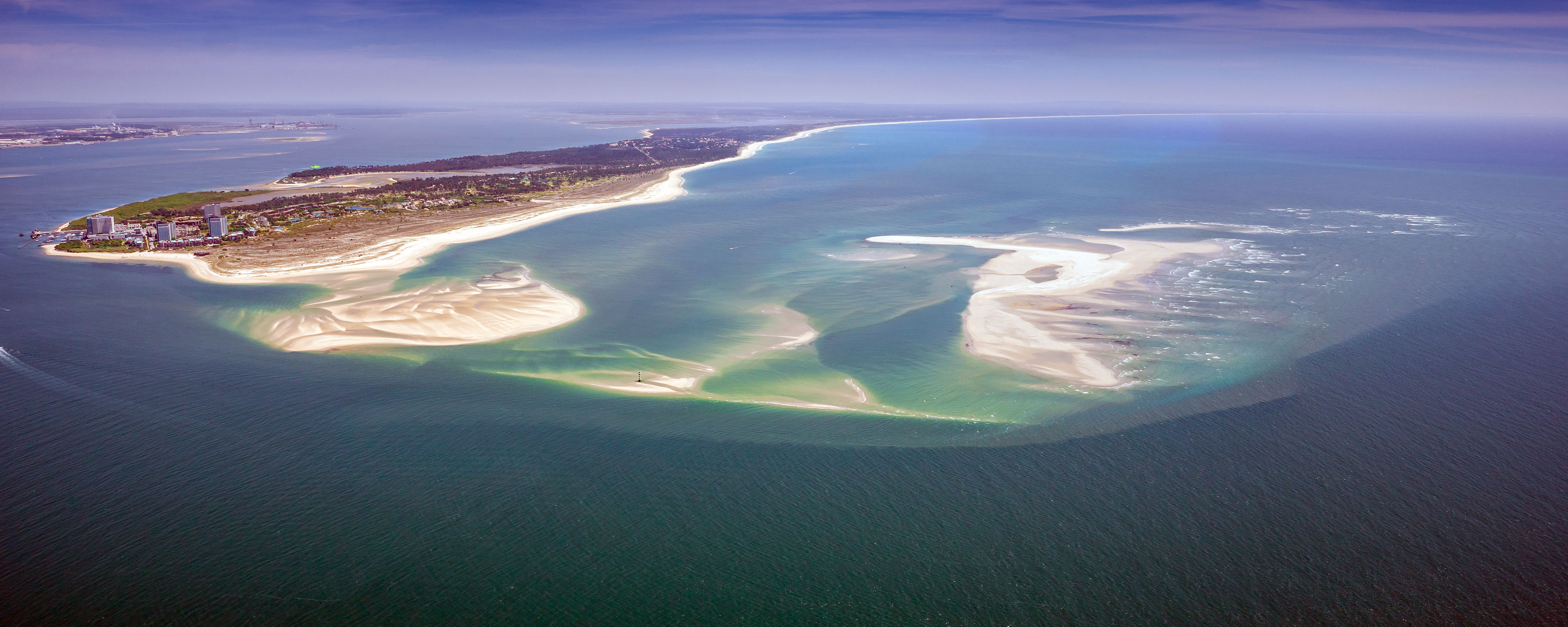
Despite its location on the westernmost edge of Europe, the Troia Peninsula was once at the heart of an industry that spanned the continent. As the Romans expanded out of the Mediterranean, they found vast stocks of sardines and mackerel off the coast of what is now Portugal - enough to feed an empire.
Fishing and food still define the identity of Troia and the town of Setubal, its bustling neighbour across the water, but the area’s post-credit crunch resurgence is driven by tourism, whose ever-expanding reach now exceeds even that of the Romans.
Lisbon, with its warm evenings and cool cafe culture, is well established on the city-break circuit and, further south, the Algarve has long been a favourite of summer sunseekers. But the Atlantic coast that connects them has, unjustly, been neglected by British travellers.
The Week
Escape your echo chamber. Get the facts behind the news, plus analysis from multiple perspectives.

Sign up for The Week's Free Newsletters
From our morning news briefing to a weekly Good News Newsletter, get the best of The Week delivered directly to your inbox.
From our morning news briefing to a weekly Good News Newsletter, get the best of The Week delivered directly to your inbox.
What to see and do
Present-day visitors to Troia, like their ancient forbears, are drawn here first by the sea - and what lives in it. The fish-rich waters off the coast of the peninsula are home to a pod of 27 bottlenose dolphins, which leap and frolic in front of their human visitors. Vertigem Azul offers comfortable catamaran trips out into the bay to spend time watching them - and, a little further round the coast, to leap infor a refreshing dip.
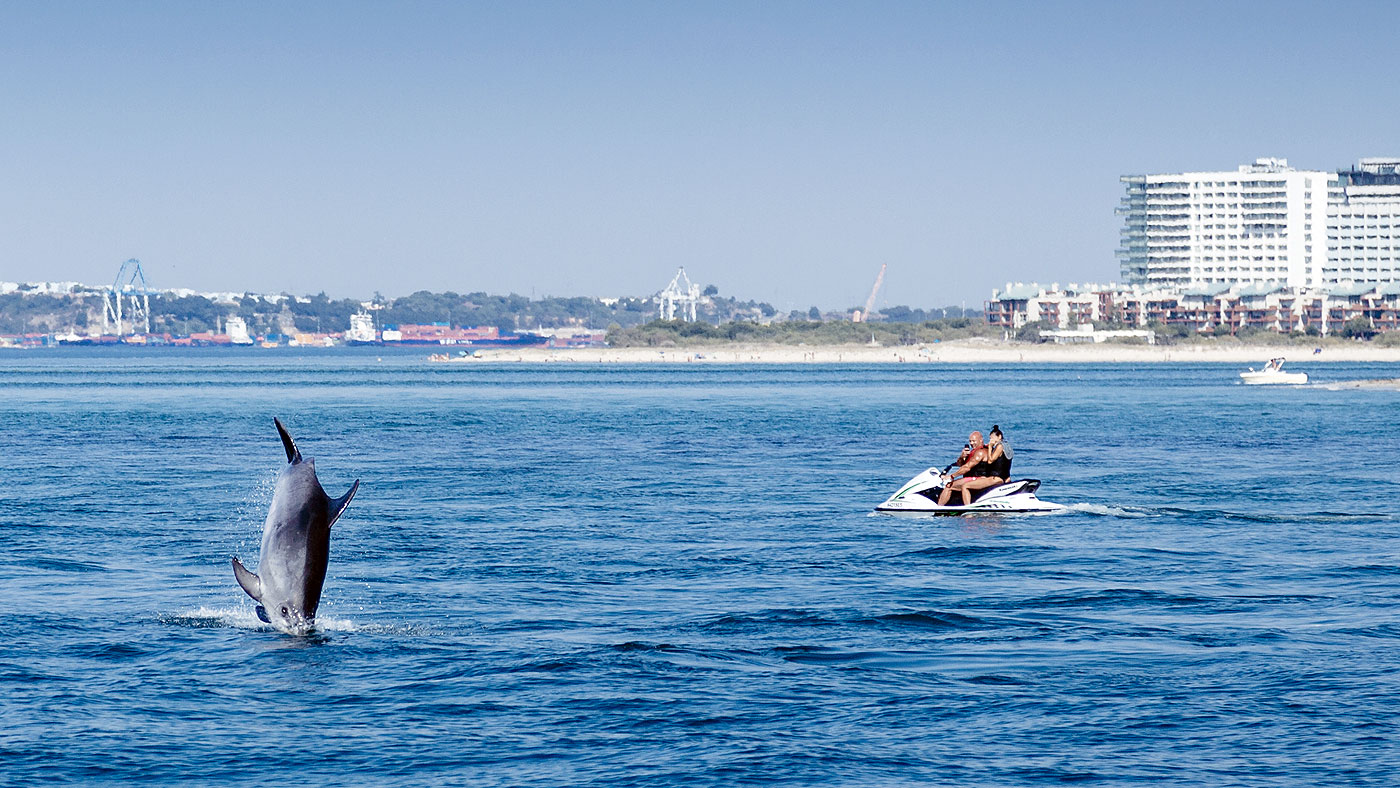
Beaches abound along this stretch of coast, each with its own vibe. Figueirinha and Creiro, on the northern shore of the Sado estuary, are busy over the summer and at weekends, with serious sunbathers staking out their territory early in the day. A more tranquil time can be had across the water, on the Troia Peninsula itself. Even Praia Troia-Mar, near the catamaran port, is considerably quieter, but walk for ten minutes along the fine white sand and the crowds thin further still.
On the other side of the peninsula, facing inland across the river, lies proof of the Roman legacy - the ruins of a fish-processing plant which salted and fermented the Atlantic harvest. The result was the no-doubt potent sauce known as garum, which was transported east by land and sea across Iberia and throughout the Mediterranean. What remains of the brick stewing pots and the factory that contained them is small by the standards of Pompeii or Herculaneum, but no less compelling in the glimpse it offers of a lost civilisation.
A free daily email with the biggest news stories of the day – and the best features from TheWeek.com
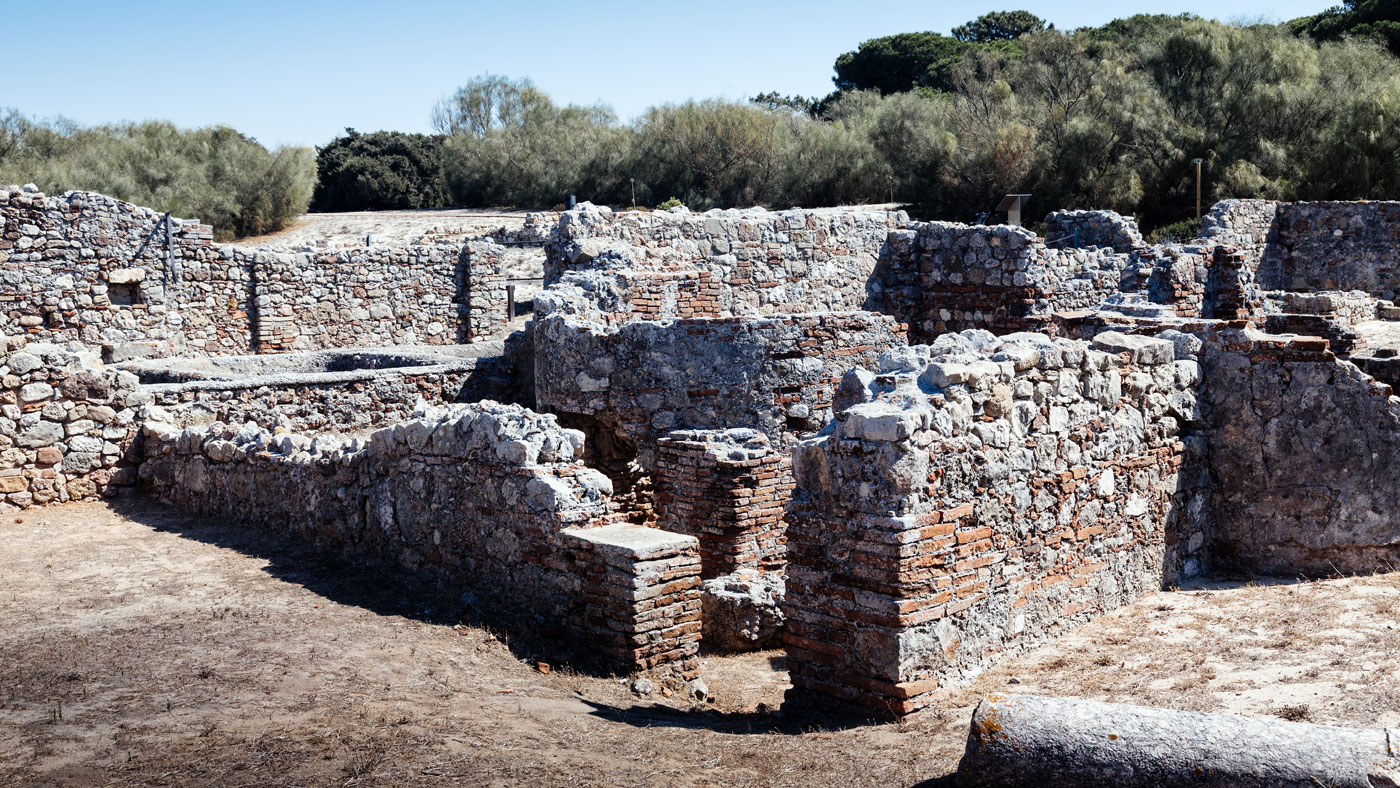
Or perhaps not entirely lost. Fishermen still land their catch at Setubal, and sell it at the town's covered fish market, in which sea creatures of every size and shape are laid out on zinc and marble slabs. Elegant tiled murals at either end of the hall pay tribute to the risks and rewards of the seafarer's life.
So too do countless works of public art installed on Setubal's streets - although their focus is more on the creatures themselves. Cuttle-fish, a particular favourite on menus here, lurk around every corner, sitting in statue form, human-sized, on a park bench, or leaping from a frying pan. One roundabout is home to a trio of steel sardines, another to an elaborate pod of marble dolphins.
Ze Da Mota offers engaging tours of the city - plus an excursion to the city’s 16th-century fort (below), the nearby Arrabida mountains and a tasting of wines and sweet moscatel at the Jose Maria Da Fonseca vineyard.
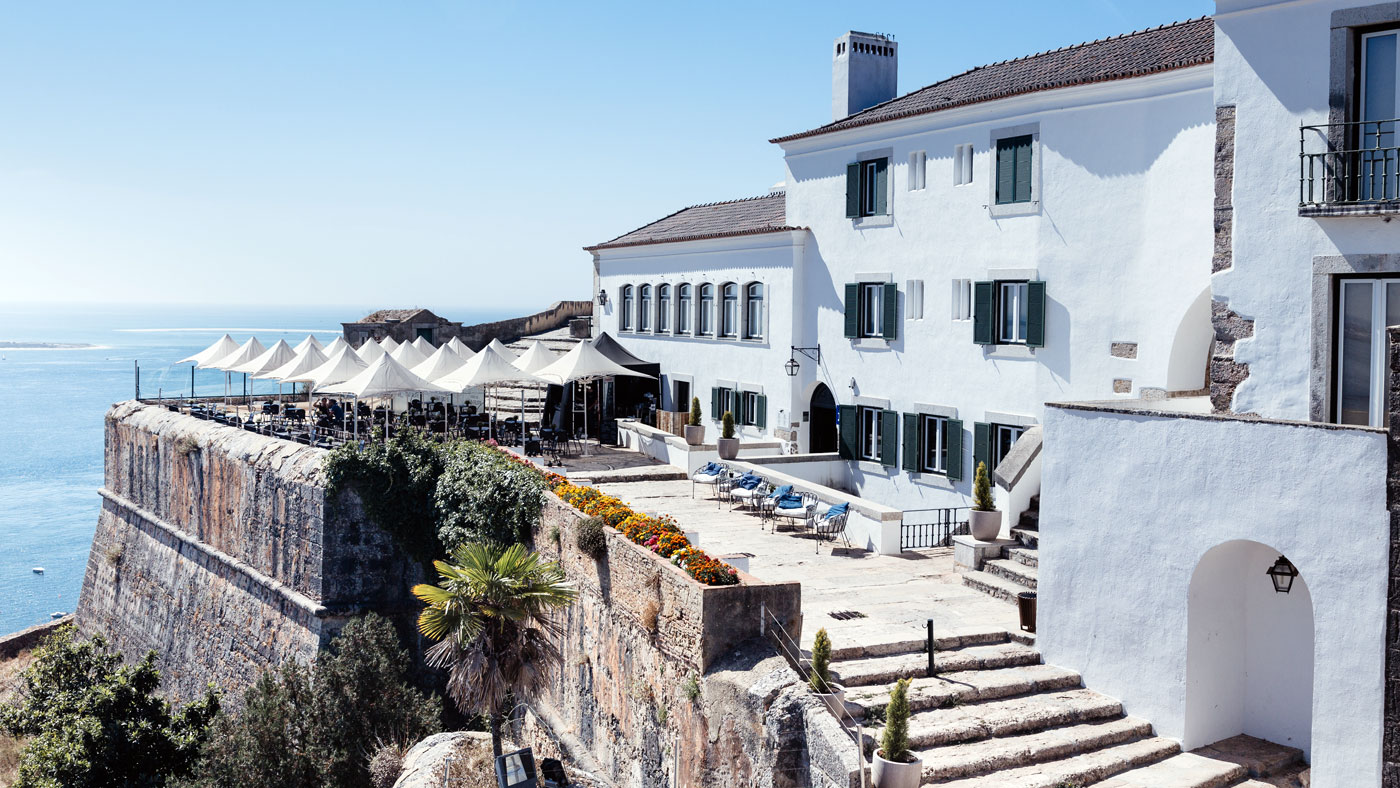
What to eat
Fish, of course. In Setubal, the smoky aroma of the charcoal grill drifts down every street, luring you to the terrace cafes which serve up whole sardines, mackerel and red mullet with buttery, garlicky potatoes. Tasca Kefish, in Praca Machado dos Santos, a shady square lined with tables and chairs, is an excellent example, but there are countless others.
On the peninsula itself there is less competition, but the standard is high. Monkfish in lobster sauce at the Restaurante Ribamar-Troia is a highlight.
Gomes Casa de Vinhos e Petiscos, in Comporta, is well worth the 15-minute taxi ride. Much of the wine and food it serves has its roots in Troia and the surrounding area, and alongside the fish and seafood is a tomato-rich stew of pork cheeks and a diverse selection of Portuguese dried sausage.
Where to stay
The best accommodation on the peninsula is the collection of villas and townhouses known as TROIA. Spacious and well equipped, these properties come with at least two bedrooms, private gardens, airy living quarters and a kitchen for self-catering. A range of different layouts and aesthetics are available, ranging from urban chic “Landhouse” to the beachy and bohemian “Timehouse”. Car-hire or bikes can be arranged for an additional fee, but most of the villas are within a ten-minute walk of the marina and its cafes and restaurants. Breakfast can be delivered to your door.
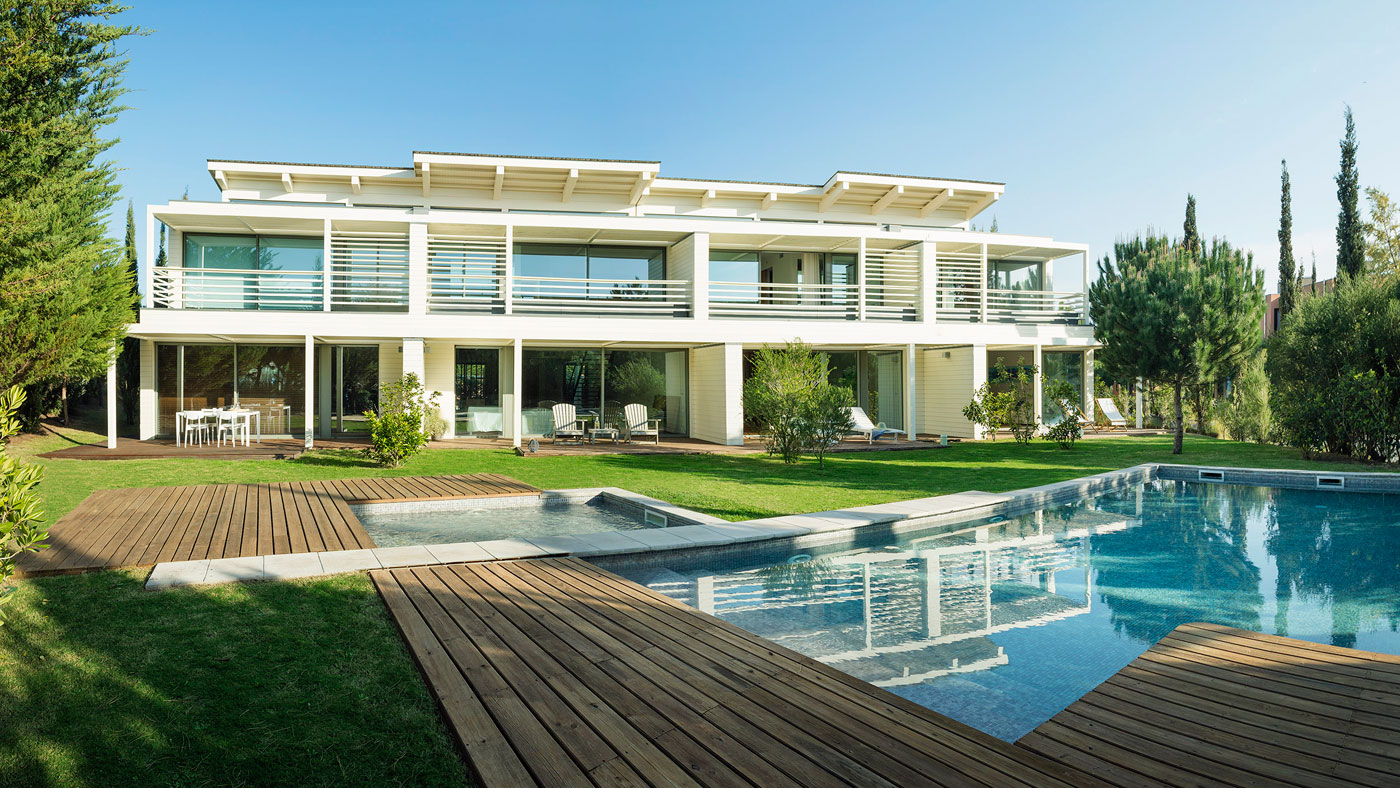
And if you don’t want to leave?
Villas are available for purchase, as are a variety of empty plots on which you can build a bespoke villa based on a range of designs drawn up by the architects. Owners can choose to rent out their property via the management company, which also provides maintenance and housemaid service, or choose to let out their property privately.
When to go
August is peak season, particularly for Portuguese and Spanish visitors, but spring and autumn are also beautiful in this part of the world. As early as April the average high is above 20C, where it remains until November.
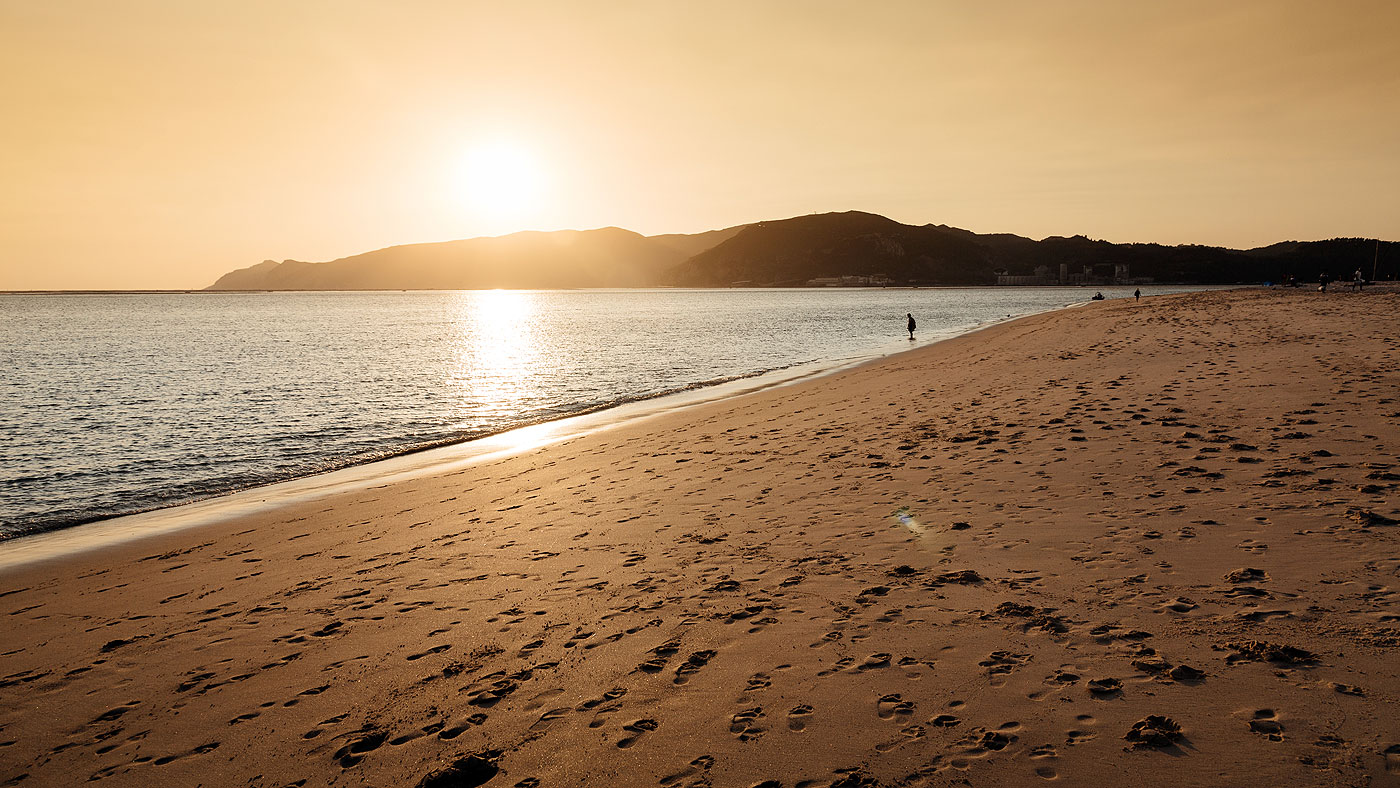
How to get there
Several airlines fly from various UK airports to Lisbon, from where Setubal is a 40-minute drive (or a two-hour rail journey). Access to the Troia peninsula is via a car ferry or passenger catamaran, which between them run about every half an hour.
Rent a townhouse or beach house at TROIA, from about £330 per night, for up to four people sharing two rooms
-
 A lemon-shaped exoplanet is squeezing what we know about planet formation
A lemon-shaped exoplanet is squeezing what we know about planet formationUnder the radar It may be made from a former star
-
 Political cartoons for January 4
Political cartoons for January 4Cartoons Sunday's political cartoons include a resolution to learn a new language, and new names in Hades and on battleships
-
 The ultimate films of 2025 by genre
The ultimate films of 2025 by genreThe Week Recommends From comedies to thrillers, documentaries to animations, 2025 featured some unforgettable film moments
-
 6 optimal digital nomad destinations: Pack your laptop, your visa and a sense of adventure
6 optimal digital nomad destinations: Pack your laptop, your visa and a sense of adventureThe Week Recommends See the world — but do it in a conscientious manner
-
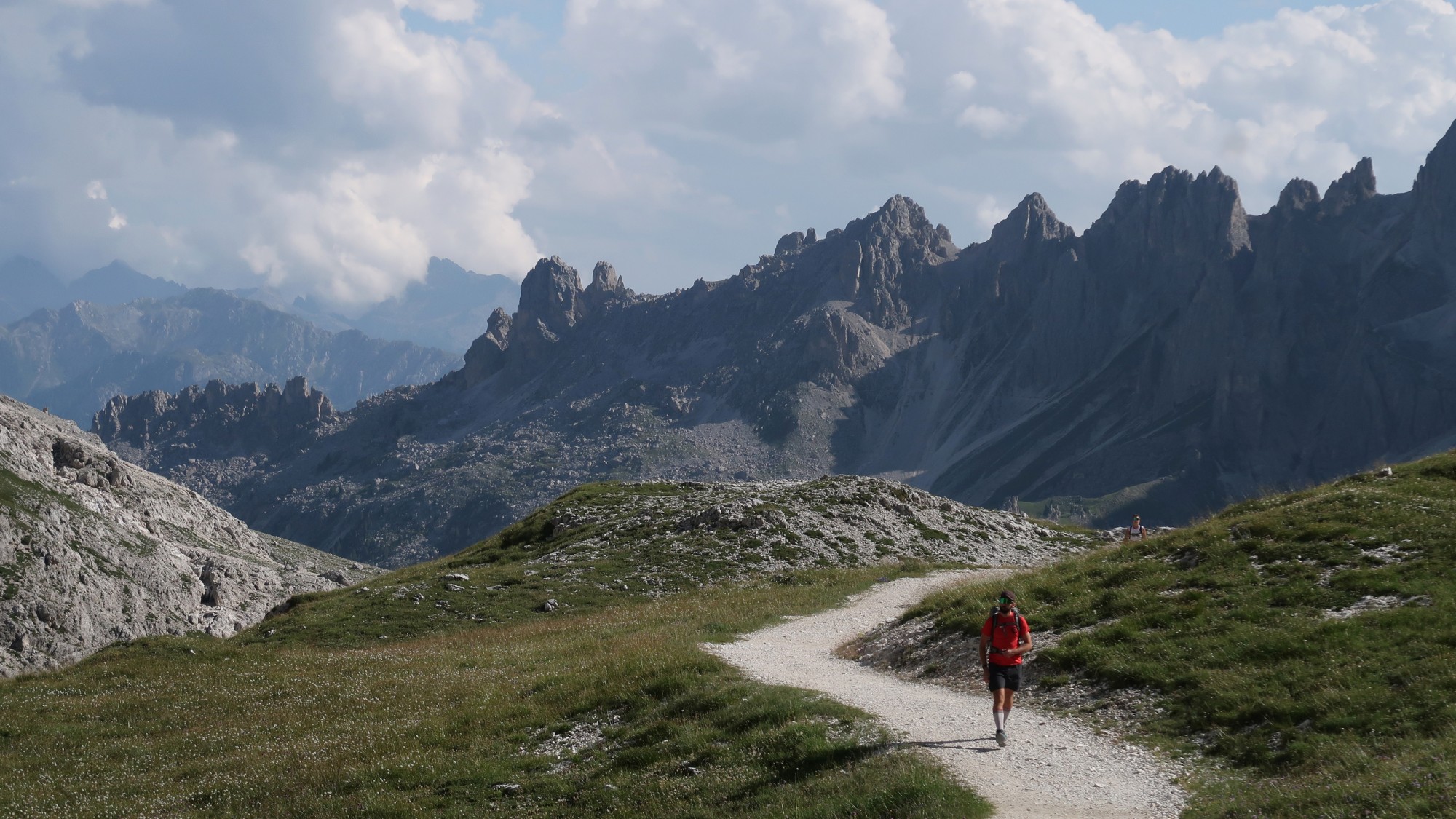 The best adventure holidays for adrenaline junkies
The best adventure holidays for adrenaline junkiesThe Week Recommends Five destinations perfect for outdoor thrill-seekers
-
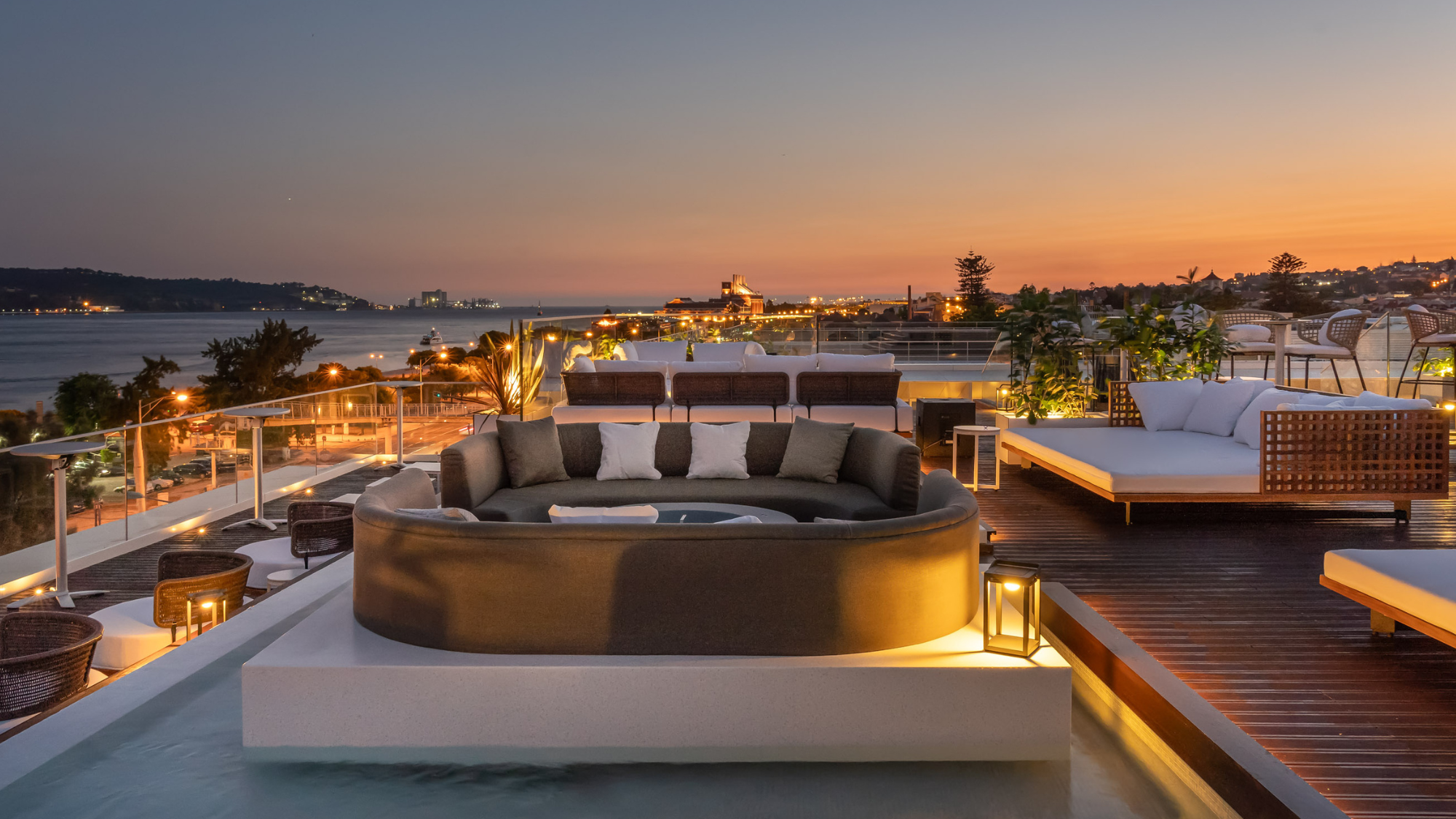 Hyatt Regency Lisbon: a tranquil oasis in the historic district of Belém
Hyatt Regency Lisbon: a tranquil oasis in the historic district of BelémThe Week Recommends With its sprawling spa and prime location overlooking the River Tagus, this luxury hotel is a great place to escape the bustle of the city
-
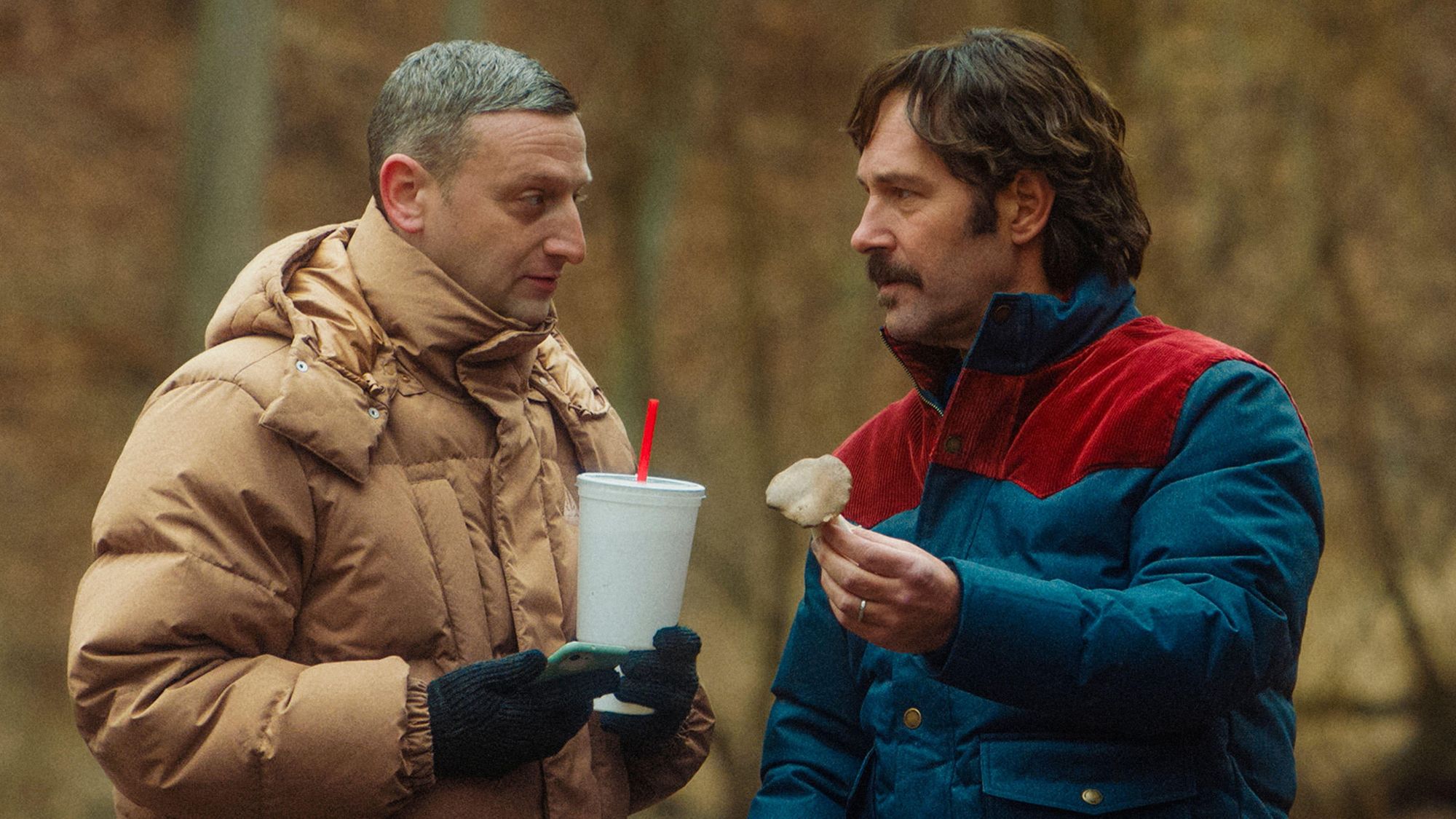 Friendship: 'bromance' comedy starring Paul Rudd and Tim Robinson
Friendship: 'bromance' comedy starring Paul Rudd and Tim RobinsonThe Week Recommends 'Lampooning and embracing' middle-aged male loneliness, this film is 'enjoyable and funny'
-
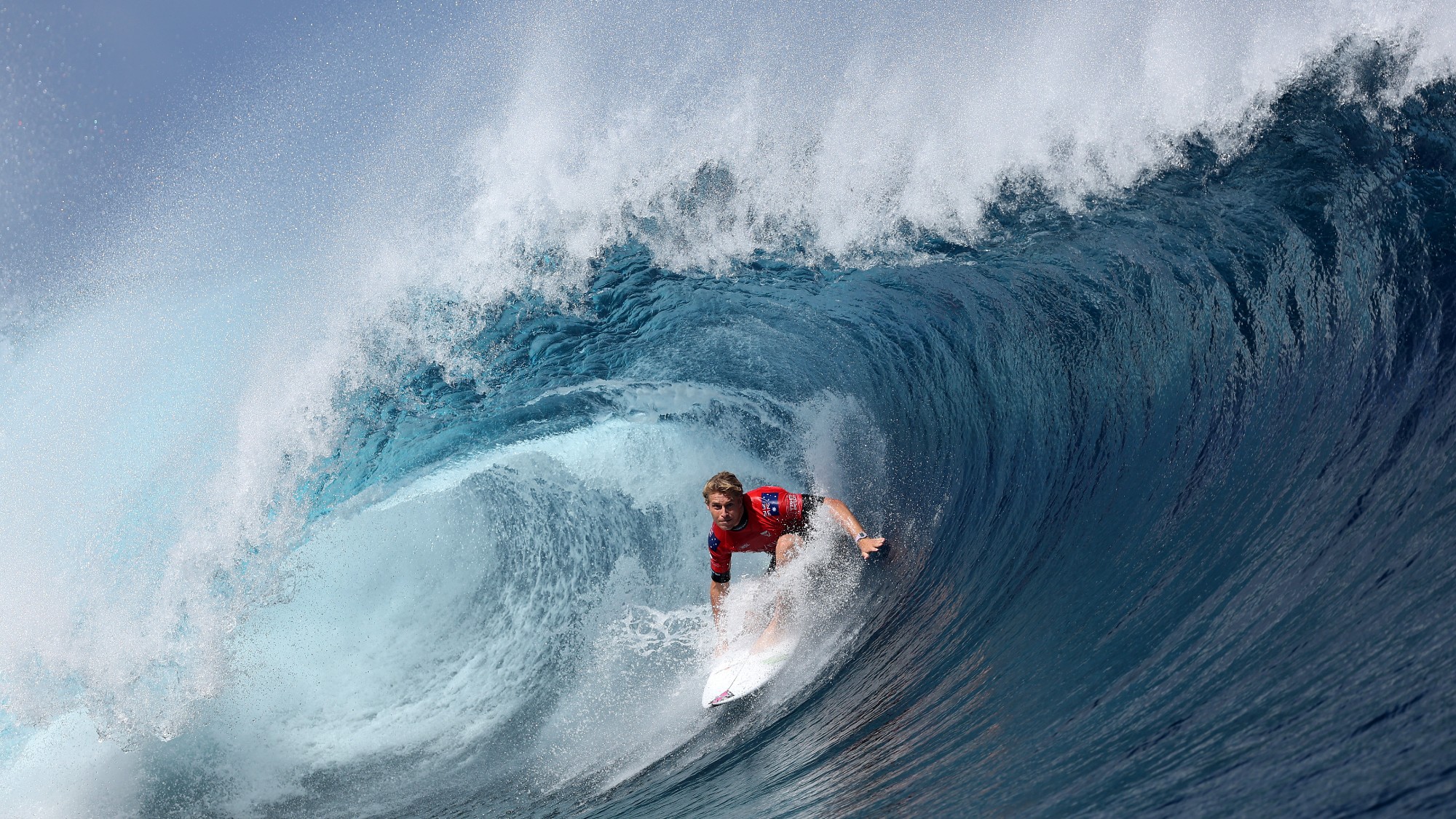 At these 6 gnarly spots, both surfers and onlookers can catch a wave
At these 6 gnarly spots, both surfers and onlookers can catch a waveThe Week Recommends Be a (sort of) part of the action
-
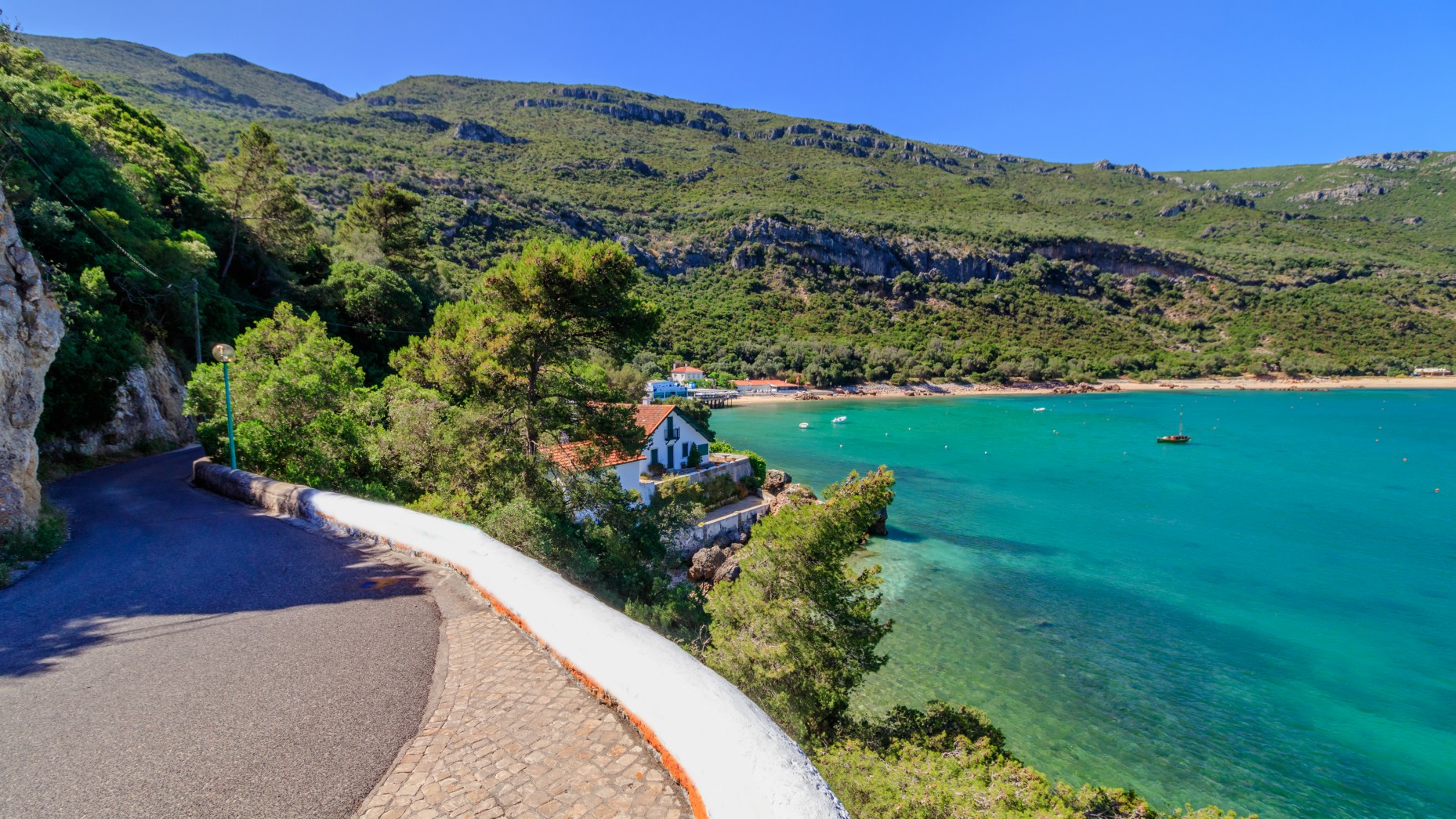 Arrábida Natural Park: a coastal paradise just outside Lisbon
Arrábida Natural Park: a coastal paradise just outside LisbonThe Week Recommends The park stretches along the south coast of the Setúbal Peninsula in Portugal
-
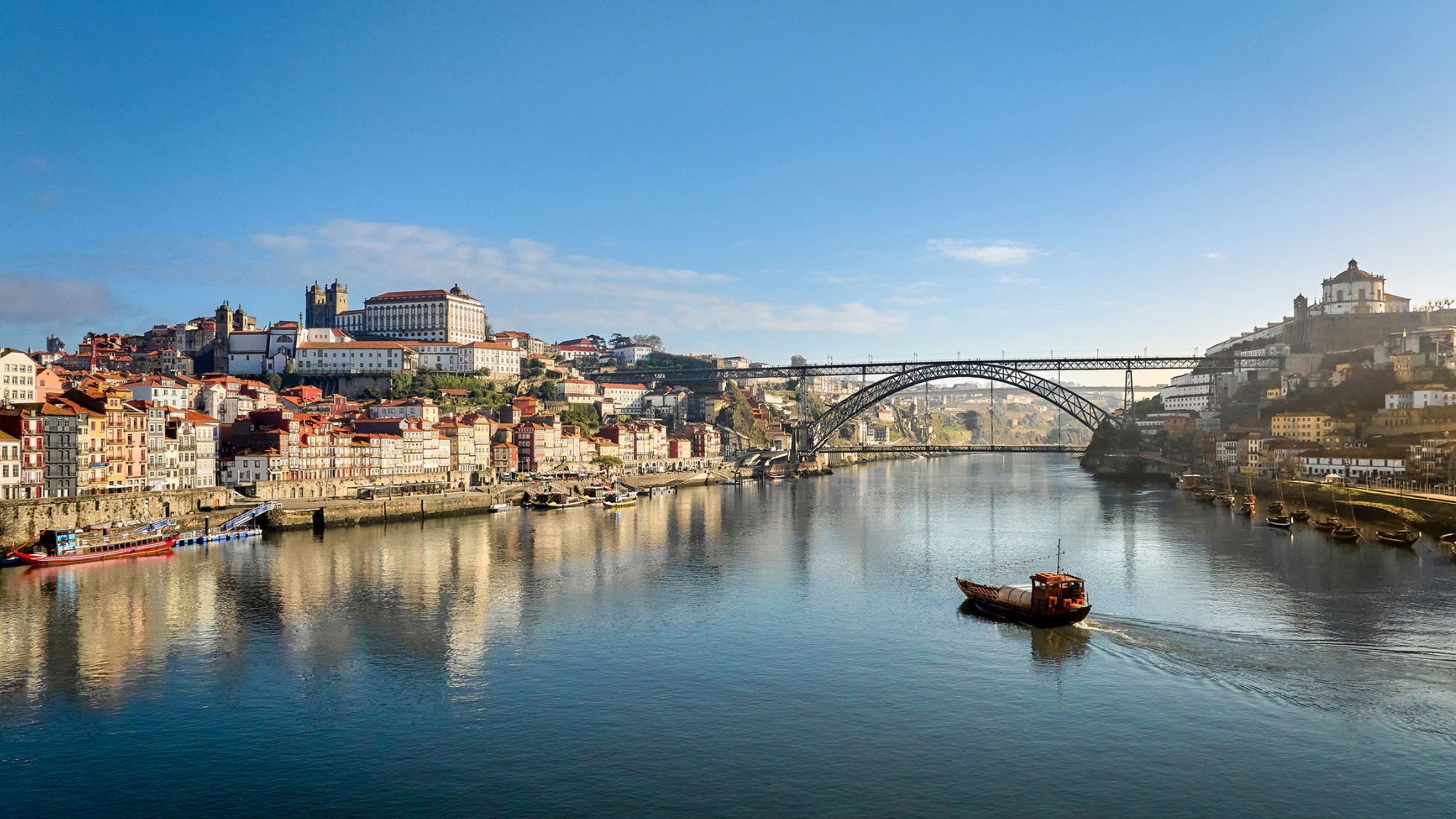 Tivoli Kopke Porto Gaia Hotel: a foodie haven in Portugal's Douro Valley
Tivoli Kopke Porto Gaia Hotel: a foodie haven in Portugal's Douro ValleyThe Week Recommends Luxury city hotel with food from a Michelin-starred chef – and plenty of port
-
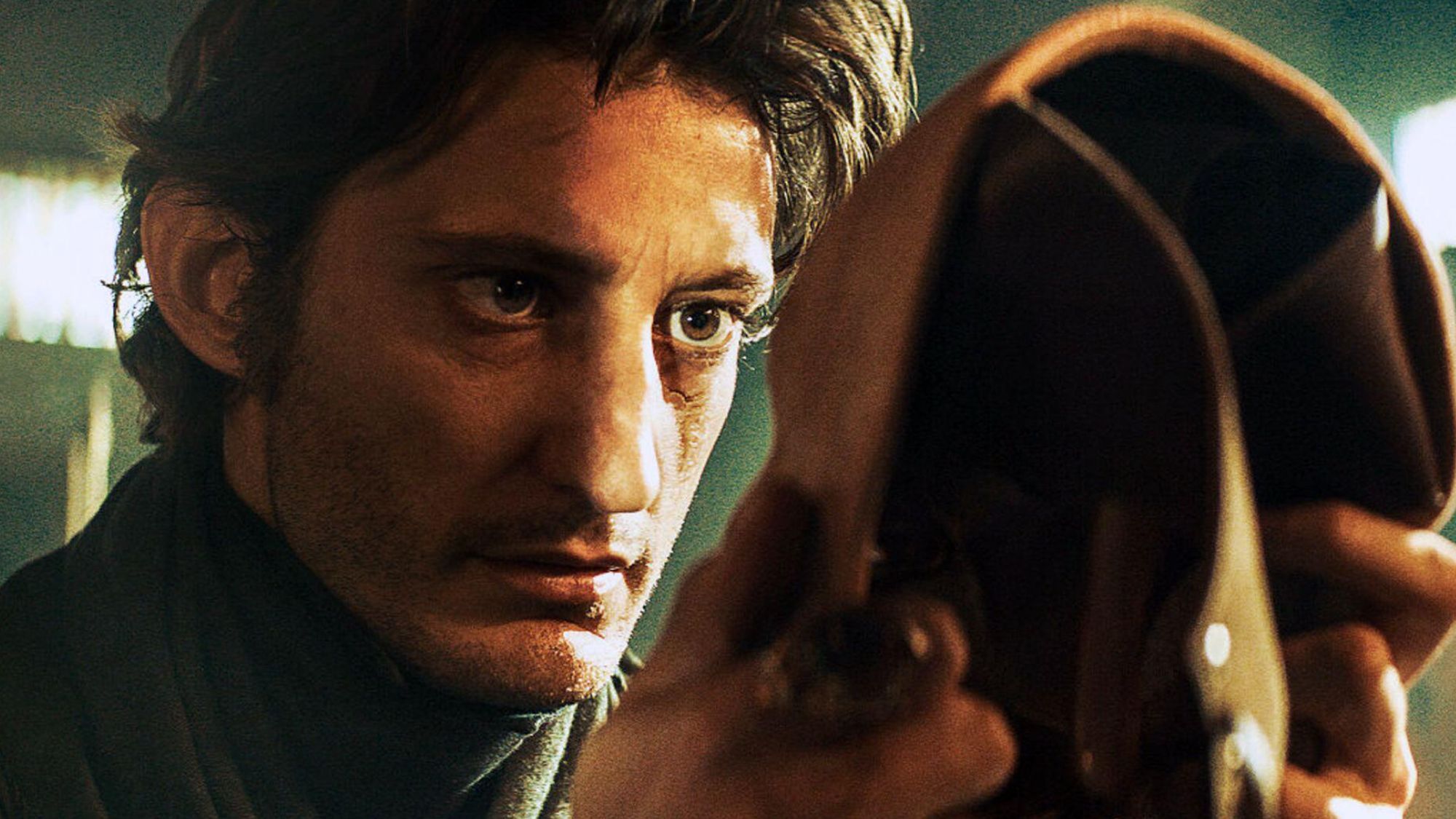 The Count of Monte Cristo review: 'indecently spectacular' adaptation
The Count of Monte Cristo review: 'indecently spectacular' adaptationThe Week Recommends Dumas's classic 19th-century novel is once again given new life in this 'fast-moving' film